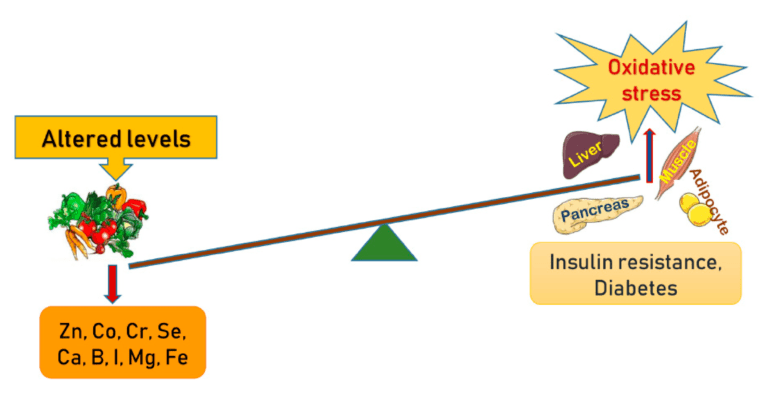High cholesterol contributes to 4.4 million annual fatalities and stands as a significant risk factor for heart disease and stroke across income levels
Lowering your cholesterol: first steps – reducing saturated fats
What is high cholesterol and why have I got it?

Cholesterol is a fatty substance. It is carried around your body in your blood by proteins. These cholesterol and protein bodies are called lipoproteins. In the right amounts, cholesterol is useful for building cell walls, producing hormones and helping your body digest fats. There are several types of lipoprotein, which can be divided into two main types.
High-density lipoproteins (HDL) known as ‘good cholesterol’.
Non-high density lipoproteins (non-HDL) known as ‘bad cholesterol’.
Too much non-HDL ‘bad cholesterol’ can cause fatty material to build up in your artery walls, making your arteries get narrower or blocked up – known as atherosclerosis. This increases your risk of having a heart attack or stroke. This risk is particularly high if you have high levels of non-HDL ‘bad cholesterol’ and low levels of HDL ‘good cholesterol’.
You may have also heard about low-density lipoprotein (LDL), which was previously used as the main measure of ‘bad cholesterol’, but we now know that other forms of non-HDL cholesterol are harmful.
As well as cholesterol, blood contains another type of fatty substance called triglycerides. These can also contribute to the narrowing of the artery walls, increasing your risk of cardiovascular disease.
Why might I have high cholesterol?
There are several reasons why someone may have high cholesterol, including:
• a diet that is high in saturated fats
• smoking
• lack of physical activity
• too much body fat, especially around the abdomen
• high alcohol intake
• kidney or liver disease
• having an inherited condition called familial hypercholesterolaemia
Why is fat important?
A diet high in saturated or trans fats can lead to high cholesterol levels.
Saturated fats are mainly found in animal products such as butter, cream, full-fat dairy and the fat on meat. They can also be high in processed foods such as cakes, biscuits and pre-prepared meals.
Trans fats may be found in some processed foods. Most UK manufacturers do not include trans fats in their products, and they are unlikely to be found in margarine for example, however this may not be the same for imported products. Check labels for ‘partially hydrogenated fat’ in the list of ingredients. Takeaways may also use cooking oils which include trans fats.
Fats from plants, vegetable and oily fish sources are called polyunsaturated and monounsaturated fats. These fats are much better for you and can help reduce your levels of bad cholesterol.
The tables below show foods that contain larger amounts of saturated and unsaturated fats.
Limit saturated and trans fats
Saturated fats
Trans fats (these foods may contain trans fats – check labels for ‘partially hydrogenated fat’)
• Butter
• Cheese
• Whole milk
• Cream
• Fat on meat
• Poultry skin, eg chicken, duck, turkey
• Processed meat, eg sausages, salami, pâté
• Biscuits and cakes
• Lard, dripping, suet and ghee
• Coconut and palm oil
• Pastry made with butter or suet
• Pastries
• Biscuits and cakes
• Takeaways
• Hard margarines
• Fried foods
Choose unsaturated fats
*note that excessive amounts may lead to weight gain
Monounsaturated fats
Polyunsaturated fats
• Olive oil and rapeseed (vegetable) oil
• Avocado
• Nuts and seeds (almonds, cashews, hazelnuts, peanuts and pistachios)
• Some spreads, eg those made with olive oil
• Corn oil, sunflower oil and soya oil
• Nuts and seeds (walnuts, pine nuts, sesame seeds, flax/linseeds and sunflower seeds)
• Oily fish, eg herring, mackerel, pilchards, sardines, salmon, trout and fresh tuna
• Some spreads, eg those made with sunflower oil
How can I tell if a food is high in fat?

Some food labels now have a traffic light system, which is a quick way to tell whether a product is low in fat. Simply look at the label for fat and choose items with the green label. Most foods also show how much fat is per 100g in the food. Use the guide below to help you decide if a food is low in fat or saturated fat:
Fat per 100g Saturated fat per 100g
Green – low in fat 3g or less 1.5g or less
Amber – medium fat 3.1-17.5g 1.5-5g
Red – high in fat 17.5g or more 5g or more
Replacing saturated fat
It is important to consider what you replace saturated fat in your diet with. Choose to replace saturated fats with healthier mono- and poly-unsaturated fats and wholegrains rather than refined carbohydrates and sugary foods, to help lower your cholesterol and risk of cardiovascular disease.
A Mediterranean-style diet which is based on vegetables, fruits, wholegrain cereals, beans, fish, nuts and unsaturated fat rather than saturated fat has been shown to be helpful for cholesterol levels.
how long does it take to lower your cholesterol by changing your diet
what should i eat to lower my cholesterol in a day
how fast can you lower your cholesterol with diet and exercise
Useful sources of information: British Heart Foundation
Contact us
If you have any questions or concerns about lowering cholesterol levels. , please contact Madelena Tapliga ( nutrition and weight management, lymphatic massage therapist) ; 07947887043
office@foodbodyfit.com




[…] Best Advice For Lowering Your Cholesterol […]
[…] Best Advice For Lowering Your Cholesterol […]